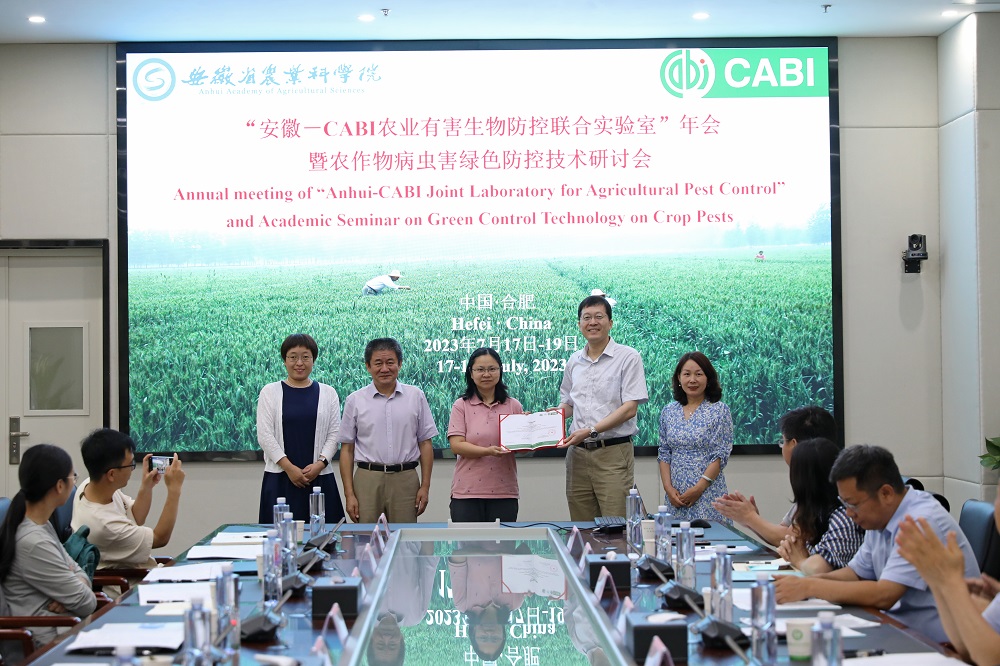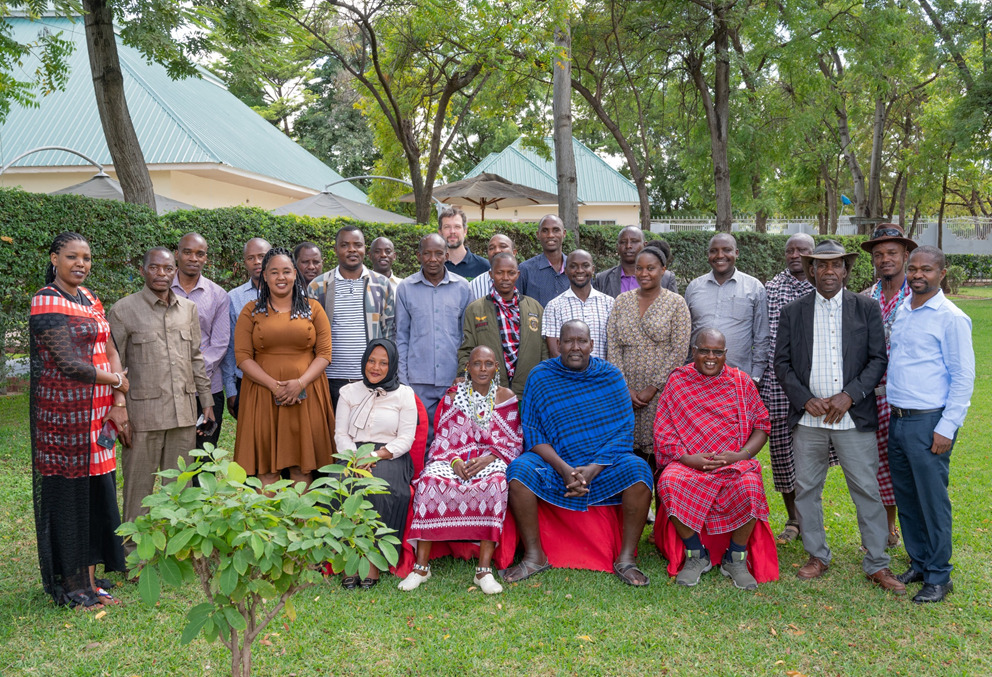Spotted lanternflies are rampant in New York City but how do we stop them?
Across New York City, large marks and smears of red-like paint are lining the streets. They’re appearing throughout tourist hotspots like Times Square and Central Park. From roads to pavements, even within supermarkets. These marks are the remains of the spotted lanternfly (Lycorma delicatula).
Countering the spread of the Asian hornet in Europe
A potentially game-changing approach used by CABI scientists in Switzerland could help populations detect Asian hornet nests and destroy them
Invasive rats: A closer look at 4 species causing problems around the world
The invasion of non-native species is among the primary reasons for the destruction of plants and wildlife across the globe. Rats are considered one of the world’s most invasive species. Second only to humans in their ecological damage. In particular, for small islands, the presence of rats invariably leads to radically reduced populations or extinctions…










